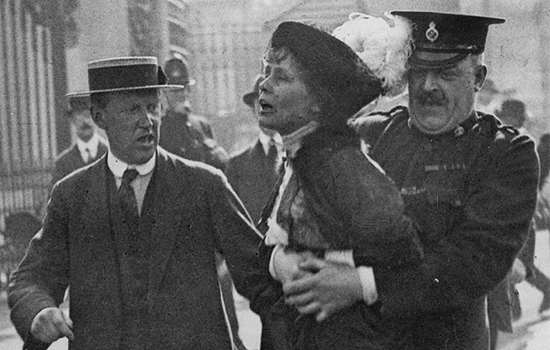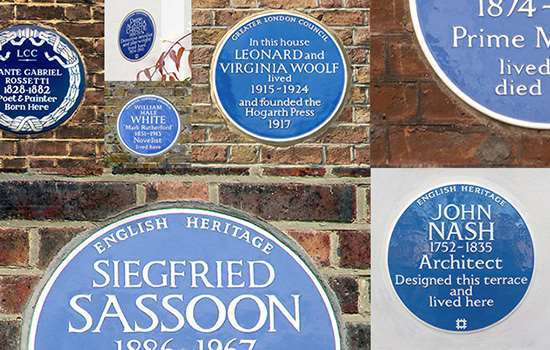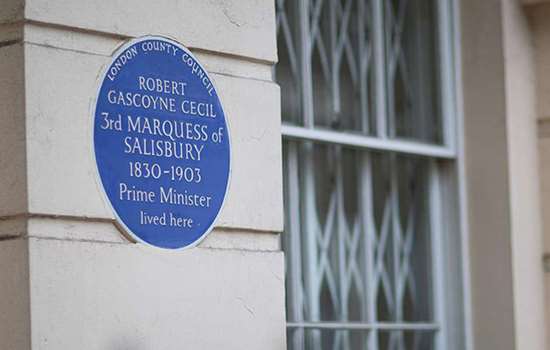BOWMAN, SIR WILLIAM (1816-1892)
Plaque erected in 2019 by English Heritage at St Anthony’s School, Ivy House, 94-96 North End Road, Golders Green, NW11 7SX, London Borough of Barnet
All images © English Heritage
Profession
Ophthalmic surgeon and anatomist
Category
Medicine
Inscription
Sir WILLIAM BOWMAN 1816-1892 Ophthalmic surgeon and anatomist lived here
Material
Ceramic
Sir William Bowman was an anatomist and eye surgeon who made significant discoveries in his respective fields. He is commemorated with a blue plaque at his former home in Golders Green – Ivy House – which is now occupied by St Anthony’s School For Girls.
ANATOMICAL RESEARCH
Bowman’s work divides itself into two distinct periods: the first as an anatomist, the second as an ophthalmic (eye) surgeon. At the age of 16 Bowman was apprenticed to WA Betts of the Birmingham Infirmary and worked under Joseph Hodgson, later founder of the Birmingham Eye Hospital. But it was at King’s College, London, where Bowman established his career. He first joined its medical department in 1837 and taught at the college until 1862, when he left to focus on his work in private practice and as surgeon at the Royal London Ophthalmic Hospital in Moorfields.
Most of his anatomical research was carried out during the years 1839–42 and included a histological, or microscopic, study of the kidney, for which he was awarded the Royal Society’s medal. Bowman discovered how the kidney uses the mechanism of filtration to produce urine. A structure in the kidney – Bowman’s Capsule – is named after him.
EYE SURGEON CAREER
After 1850 Bowman concentrated on eye surgery. He was one of the first Englishmen to become an expert in the use of the ophthalmoscope – an instrument for inspecting the retina and other parts of the eyes – and soon became the leading eye surgeon in the country. He newly identified three structures in the cornea: Bowman’s Membrane, Bowman’s Muscle, and Bowman’s Tubes. In the 1860s he worked on new methods of treating detached retina, cataracts and epiphoria (watery eyes). Well known for his excellent operative skills, Bowman built up a large private practice in addition to his patients at Moorfields.
Bowman also took considerable interest in nursing and was a friend of Florence Nightingale. He established the St John’s House and Sisterhood to provide trained nurses and was able to aid Nightingale by sending out trained nurses to the East during the Crimean War of 1853–6.
In 1858 Bowman moved into Ivy House near Hampstead, and lived there until about 1873. The building is now used by St Anthony’s School for Girls and his blue plaque joins a private plaque to the ballerina Anna Pavlova who is recorded as living there in 1912–31.
William Bowman was created a baronet in 1884 and died at his country house at Holmbury St Mary, Surrey, on 29 March 1892.
Nearby Blue Plaques
More About Blue Plaques



